Acknowledgments
We thank every volunteers just who contributed the bloodstream making this research possible, and also have all the journey players whom took part in interviewing and you will testing. We thank Meters. Jarve on her behalf beneficial contribution towards manuscript. We give thanks to also several private writers because of their vital statements on the brand new manuscript.
Money Report
This research is supported by the official Committee to the Technology and you will Tech of your Republic off Belarus (SCST), Progetti Ricerca Interesse Nazionale 2009 (Italian Ministry of School) (to AA at), FIRB-Futuro in Ricerca 2008 (Italian Ministry of the School) (to AA and you will AO), Fondazione Alma Mater Ticinensis (so you can At the), Estonian Research grant SF0182474 (in order to Camper and you will EM), Estonian Science Foundation grants (7858) (to help you EM), European Payment give (ECOGENE205419) (to Rv), europe Regional Advancement Financing (from Centre out-of Excellence inside Genomics (so you’re able to Camper). The fresh new funders didn’t come with part into the investigation build, research range and you may research, choice to publish, or preparing of the manuscript.
Within this research, we aim to unravel the newest genetic structure of Belarusians using higher resolution data off 565 Y-chromosomes and 267 mtDNAs representing six geographical sub-aspects of Belarus in order to measure the temporal and you can geographic resource of the most commonly known and you may unusual lineages. Also, we analyzed in detail the fresh phylogeny and phylogeography regarding several common Belarusian NRY lineages (N1c(Tat) and you may I2a(P37)) and you can, from the level of over mitogenomes, we investigated several profoundly grounded mtDNA haplogroups (N1a3 and you may N3), which can be rare but was noticed in Belarusians and that was potentially informative from the phylogeographic perspective.
Frequencies away from Belarusian mtDNA haplogroups do not differ much more off their east European and you can Balkan populations, no less than when major clades instance H1, H2, V, U5a and you may U5b, K, T and J are thought (Desk S3). But not, communities in the easternmost fringe of your eastern Eu region, the new Volga-Uralic, has a minimal express regarding full H mtDNAs and you can a noticeably enhanced frequency of haplogroup U4 also Meters-lineages versus Belarusians (Dining table S3). Our earliest Desktop computer study predicated on mtDNA haplogroup frequencies revealed that Belarusians and majority of other eastern European and you will Balkan populations shaped one cluster once the members of the latest Volga-Uralic region except Mordvins is actually split out-of remaining studied communities which have Udmurts and you will Bashkirs as the really secluded on the patch, as expected along with their distinctive genetic configurations (Shape S2). And therefore, to increase the fresh new resolution in the previous group, we performed next Desktop data excluding Bashkirs and you will Udmurts ( Contour step three ). Throughout the resulting Desktop computer spot brand new communities clustered practically predicated on its geographic affinities that have Belarusians grouping with their immediate natives – Russians, Ukrainians, Posts and you will Lithuanians, and being slightly broke up regarding Czechs and you will Slovaks and additionally agencies of one’s Balkan region ( Figure 3 ).
It has been ideal before that Close/Middle east is most likely the region where haplogroup N1a3 enjoys began . I discovered that N1a3 mtDNAs during the extant human populations coalesce from the 12–fifteen kya ( Shape cuatro ) and feature line of users in numerous geographic regions. All of our analysis suggest that the new extension out-of N1a3 bearers when you look at the Near/Middle east, Caucasus and you may likely in European countries happened inside Pleistocene-Holocene changeover. The possible lack of common N1a3 haplotypes ranging from Close/Middle east/Caucasus and you may central-east European countries indicates lack of present gene disperse between these regions. Chances are high N1a3 mtDNAs educated a period of diversity in most places which could was increased as well as because of the reasonable number of N1a3 bearers (possibly initially otherwise diminished later on).
The highest chance and range regarding N3 mtDNAs are found inside populations regarding expose-go out Iran, exhibiting their area as the most almost certainly ancestral homeland for the haplogroup. It appears that N3a possess give “successfully” in the last millennia on Iranian city getting North Africa from the southern-west and you may central-east Europe in the northern-west, however the brand new Caucasus urban area otherwise central-south China. Taking into consideration this new shipments pattern off N3 around Eastern extending west towards the Balkan area doing territories away from Bulgaria and you may Romania, as well as virtual absence someplace else, it is most likely you to definitely N3 have dispersed so you’re able to Europe as a result of the latest Anatolian-Balkan street.
The brand new contribution of each haplogroup with the very first together with 2nd Pcs receive in gray. Inhabitants abbreviations are listed below: BeN, BeW, BeC, BeWP, BeEP, BeE – Belarusians from Northern, West, Central, West Polesie, East Polesie and Eastern sub-countries, respectively, occupied reddish system denotes the complete Belarusian inhabitants; RuS, RuC, Work with – Russians of south, central and you can north countries, respectively; Finns K – Finns of Karelia. K*(x Letter,P) identifies examples having M9, M20, M70 derived alleles and 92R7, M214 ancestral alleles; P*(xR) relates to samples that have 92R7, M242 derived alleles and you can M207 ancestral allele; F*(xI,J,K) describes trials that have M89 derived allele and you may M9, M201, M170, 12f2 ancestral alleles; C(xF)De describes products having Yap and you will M130 derived and you may M89 ancestral alleles. Frequencies from NRY haplogroups and you can sources is placed in Desk S3.
